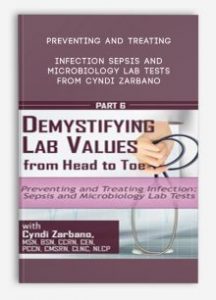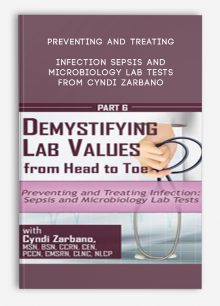 Preventing and Treating Infection from Cyndi Zarbano
Preventing and Treating Infection from Cyndi Zarbano
More information about Medical:
Medicine is the science and practice of establishing the diagnosis, prognosis, treatment, and prevention of disease.
Medicine encompasses a variety of health care practices evolved to maintain and restore health by the prevention and treatment of illness.
Contemporary medicine applies biomedical sciences, biomedical research, genetics, and medical technology to diagnose, treat, and prevent injury and disease,
typically through pharmaceuticals or surgery, but also through therapies as diverse as psychotherapy, external splints and traction, medical devices, biologics, and ionizing radiation, amongst others.
Medicine has been around for thousands of years, during most of which it was an art (an area of skill and knowledge) frequently having connections to the religious and
philosophical beliefs of local culture. For example, a medicine man would apply herbs and say prayers for healing, or an ancient philosopher and physician would apply bloodletting according to the theories of humorism.
In recent centuries, since the advent of modern science, most medicine has become a combination of art and science (both basic and applied, under the umbrella of medical science).
While stitching technique for sutures is an art learned through practice, the knowledge of what happens at the cellular and molecular level in the tissues being stitched arises through science.
You will learn to correctly diagnose a broad spectrum of possible infectious agents through a review of systems, sources of infection, diseases, and treatments. Through understanding of both common and uncommon, yet still vital, diagnoses you will improve your treatment level through this important course.
OUTLINE
- SIRS
- Surviving Sepsis Guidelines
- Sepsis Lab Findings
- 3-hour and 6-hour Bundles
- Multiple Organ Dysfunction Syndrome
- Lumbar Puncture
- Meningitis
- Encephalitis
- CSF Headache
- Cultures & Sensitivity
- Gram Stain
- Choosing Antibiotics
- Urinalysis
OBJECTIVES
- Communicate the role lactate levels serve in identifying and treating sepsis.
- Evaluate the components of the 3-hour and 6-hour bundles in the Surviving Sepsis Guidelines.
- Inspect the findings in a urinalysis that support the diagnosis of an UTI.
- Assess spinal fluid findings to differentiate between viral and bacterial meningitis and encephalitis.
- Communicate two ways the gram stain and sensitivity can guide selection of antibiotics.













tristian –
This is Digital Download service, the course is available at Coursecui.com and Email download delive